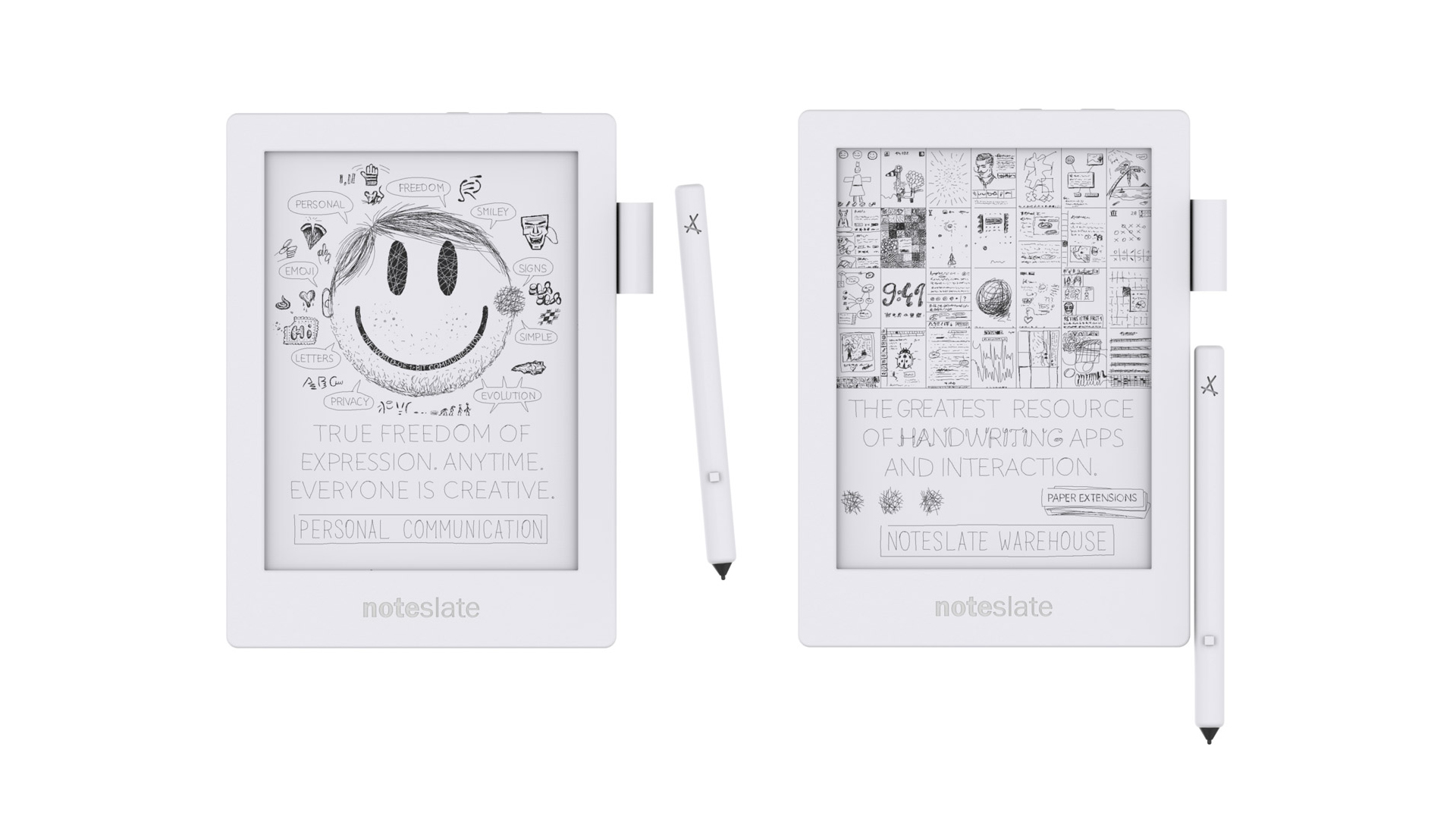In recent years, the difference between traditional illustration methods and art-based technology have merged, forming a wave in the process of revolutionising drawing for people everywhere.
A string of human interface devices is evidence of this, with specialist professional drawing tablets like the Wacom long being used by illustrators, designers and in agencies the world over. Apple more recently waded into the movement, combining the intuitive pen-to-paper action of drawing with their touchscreen interface, redefining it simply as Pencil-to-iPad. Then there’s Moleskine, who have released their Evernote range, which combines their iconic notebooks with an app that allows you to use the pages digitally as well as in their actual form.
What does all this mean? Quite simply, technology is moving closer towards accurately replicating carbon and ink than ever before. The gap between physical and digital art is closing, as pixels are becoming swiftly forgotten about in favour of tangible, lifelike textures, tones, and techniques. Rather than traditional methods of artistry dying, they are simply reborn in a technical format.

The next natural step forward in this progression comes in the form of the Noteslate. The first device with an interface purely for digital handwriting, it has created a market of its own in the form of its paper/pencil likeness, designed so that users can draw, write, doodle and design on a platform that feels like a traditional medium but with digital benefits. Unlike some illustration technology, users can “draw” directly on the device, rather than the jarring counterintuitivity of the hand’s movements appearing on the screen at eye level. Furthermore, the touch and feel of the Noteslate make users think of sketchbooks before they think tablet, which is fundamental in helping art to move online, allowing traditional medium artists to merge successfully with those comfortably digitally-based.
While advancements like this are exciting for artists and amateurs alike, the physical technology needs the programmes to support it. Everyone who’s ever been interested in illustration has heard of Adobe’s Creative Cloud, which includes programmes who have a monopoly on the creative professional market, such as Photoshop, Illustrator and InDesign. However, while these expensive programmes are useful for art directors and designers, there can be limitations for those looking to simply draw, as Adobe’s products are fairly complicated for casual users and artists that want more accurate digital representation and tools.
Corel Painter is on track as the solution for these issues; a programme that makes digital artistry more simple than ever before. It allows oil paint, watercolour, and all sorts of art media to come alive digitally, paving the way for real fluidity between physical paper and fine art technology. The canvas and brush selection makes the process of painting/drawing feel natural, rather than consciously working digitally, as if the movement into art technology is not a jolting leap forwards, but a gentle, instinctive step on the journey art takes for us all.
The nature of art is experimentation and progress. Art is firmly rooted in some of us, whether we pursue it as a study, a profession, or a hobby. The technological revolution of art, thanks in part to devices like the Noteslate and the programme Corel Painter, should be embraced because they are precisely art’s nature. New technology for artists is experimentation. New art, created in a new, digital medium is progress.